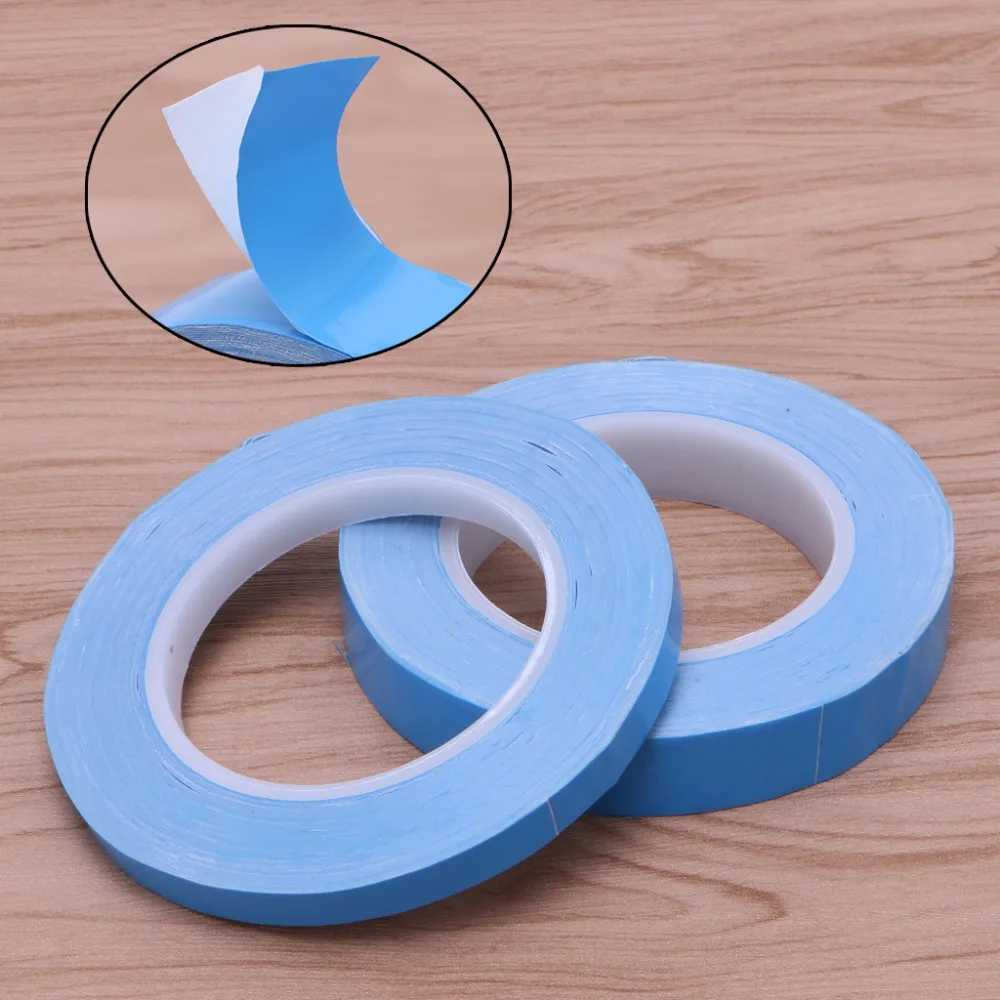Keesje
Well-Known Member
Today I did a test run with a small led-strip that I adjusted to an aluminium strip with some tape that I got online for little money.
It's this tape: https://www.aliexpress.com/item/4000145 ... b201603_53

In the description it is said that the Thermal conductivity: 1.5W / m-K.
Now I know that those Chinese traders do not always take the truth very seriously.
There is also tape of 3M, type 8805.
I had read that this is actually the best tape that one could use.
https://www.3m.com/3M/en_US/company-us/ ... 801&rt=rud

In their description 3M says that the Thermal conductivity of this tape: 0.60 W / m-K.
It is my understanding the higher the W, the better the heat transfer is. Hope I am right there...
The 3M tape ($60-$80) is about 10 - 15 times as expensive as the Chinese tape ($4 - $ 7).
But what tape do the experienced members here think is better?
Are the Chinese not telling the truth? Is the Thermal Conductivity in reality not that heigh?
Or are they telling the truth and are we paying to much for the 3M Tape?
Who can shine some light on this?
Perhaps I am totaaly misunderstanding the numbers or even looking at the wrong numbers.
I know that there is also thermal paste and adhesive, but I want to know what the difference is between those 2 tapes.
It's this tape: https://www.aliexpress.com/item/4000145 ... b201603_53

In the description it is said that the Thermal conductivity: 1.5W / m-K.
Now I know that those Chinese traders do not always take the truth very seriously.
There is also tape of 3M, type 8805.
I had read that this is actually the best tape that one could use.
https://www.3m.com/3M/en_US/company-us/ ... 801&rt=rud

In their description 3M says that the Thermal conductivity of this tape: 0.60 W / m-K.
It is my understanding the higher the W, the better the heat transfer is. Hope I am right there...
The 3M tape ($60-$80) is about 10 - 15 times as expensive as the Chinese tape ($4 - $ 7).
But what tape do the experienced members here think is better?
Are the Chinese not telling the truth? Is the Thermal Conductivity in reality not that heigh?
Or are they telling the truth and are we paying to much for the 3M Tape?
Who can shine some light on this?
Perhaps I am totaaly misunderstanding the numbers or even looking at the wrong numbers.
I know that there is also thermal paste and adhesive, but I want to know what the difference is between those 2 tapes.
